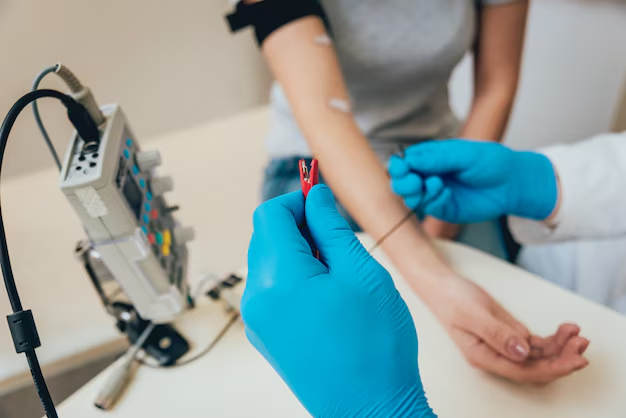How Long Does It Take to Become a Phlebotomist?
Embarking on a career as a phlebotomist can be a rewarding choice for those passionate about healthcare and patient interaction. To become a phlebotomist, you typically need to complete a phlebotomy training program, which can be found at various educational institutions such as community colleges or vocational schools. These programs generally take a few months to complete, focusing on both theoretical knowledge and hands-on experience. Although a college degree is not necessary, obtaining a certification, such as those offered by organizations like the American Society for Clinical Pathology (ASCP) or the National Phlebotomy Association (NPA), is highly recommended. Certification not only bolsters your credibility but can also enhance job prospects and potential earning power, as many employers prefer or require certified professionals.
In some states, phlebotomists need to be licensed, which often involves passing a state-administered exam. It's essential to stay informed about the specific requirements in your region, as these can vary and may affect your path to becoming a phlebotomist. Pursuing additional education in related fields, such as health sciences or nursing, can further elevate your qualifications and open doors to advanced roles within the healthcare sector. Whether you choose to pursue a formal degree, certification, or both, investing in your education is a crucial step toward a successful career in phlebotomy.
Educational Pathways and Certifications for Phlebotomy:
- 📜 Phlebotomy Certificate Program: Typically completed in 4-8 months.
- 🎓 Associate Degree in Health Sciences: Optional but beneficial for career advancement.
- 🏅 Certification:
- ASCP: American Society for Clinical Pathology
- NPA: National Phlebotomy Association
- 🛡️ State License: Required in some states—check local regulations.
